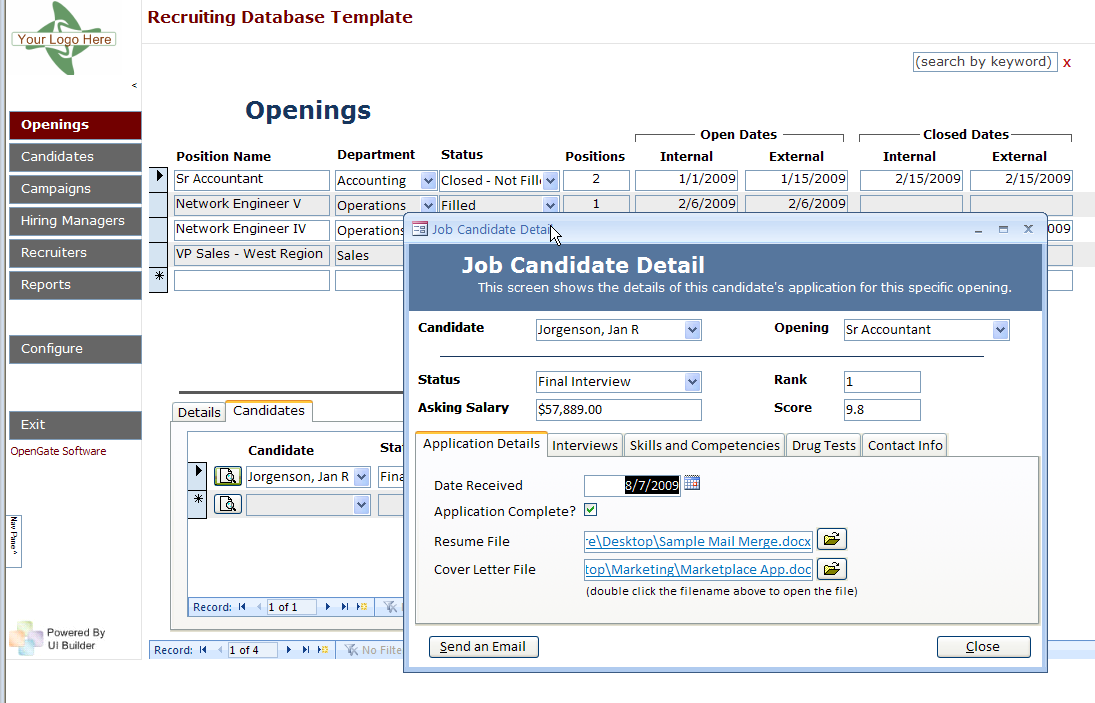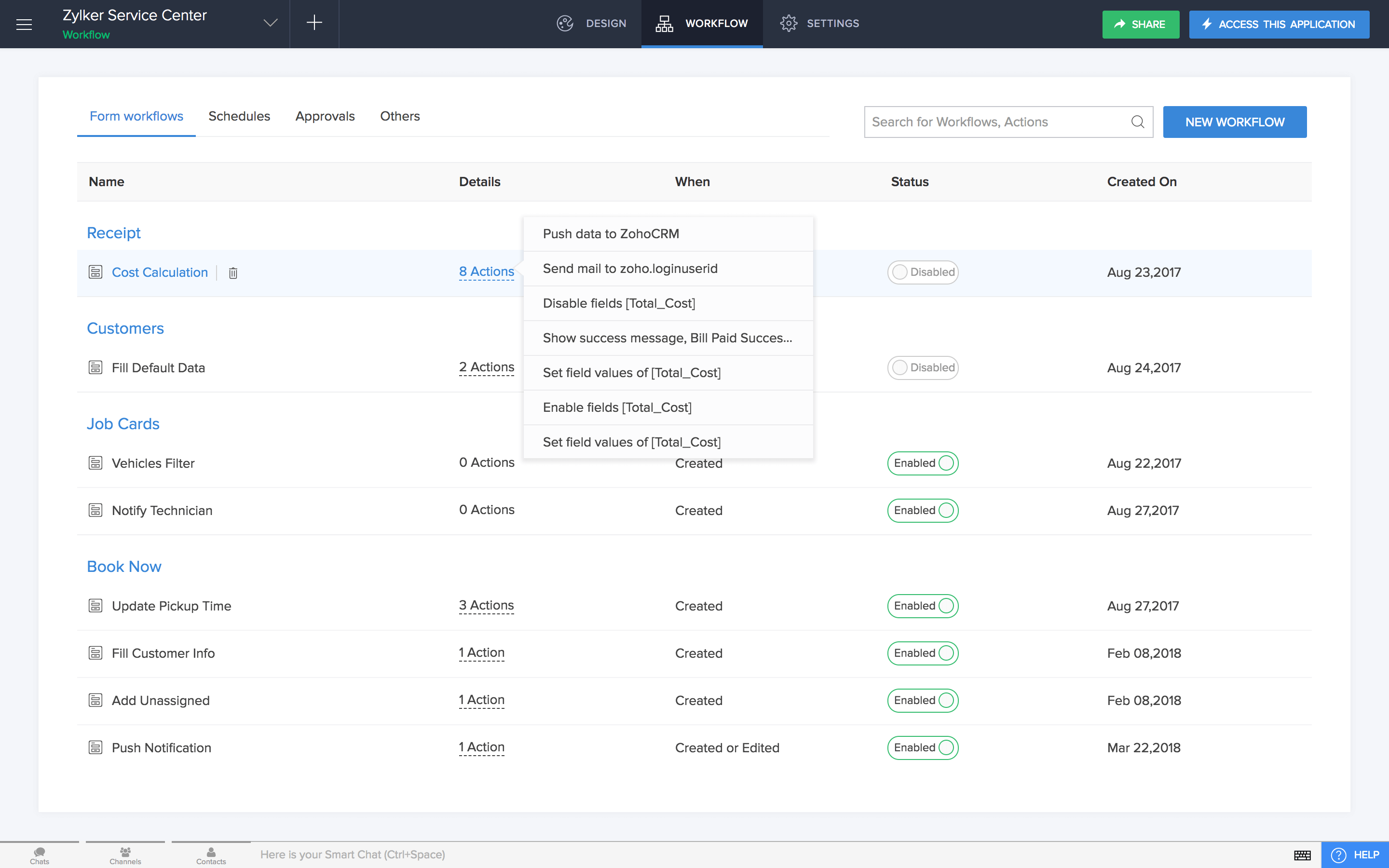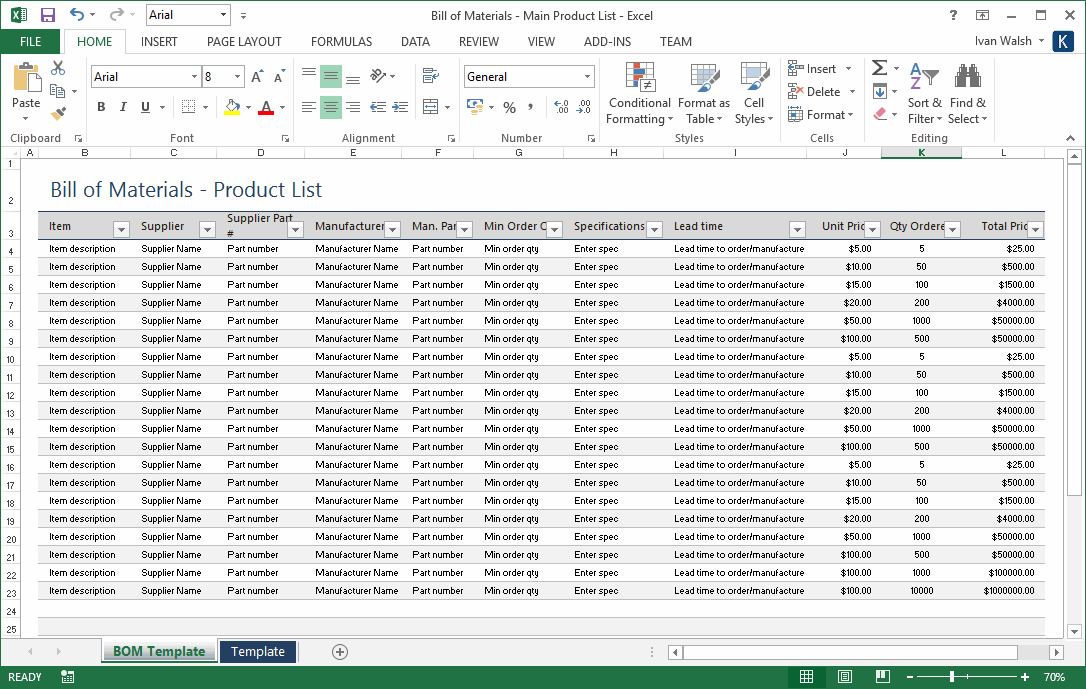Watch the installation tutorials to go over Ansys download options and installing your Ansys package on your machines. Join us and help make a material difference to undergraduate teaching in materials, engineering design, engineering simulation, and sustainable development. See open positions › Find inspiration for your teaching with access to 350+ resources including case studies, exercises, active teaching packages,. About Press Copyright Contact us Creators Advertise Developers Terms Privacy Policy & Safety How YouTube works Test new features Press Copyright Contact us Creators. You can check the “Remove” column of a material(s) then click the ‘Remove” button to remove a material(s) from the database. You can see the material definitions by clicking the “Display” button. If no materials are checked all of the materials will be displayed. Otherwise, only the checked materials will be displayed.
- ANSYS Mechanical is a Workbench application that can perform a variety of engineering simulations, including stress, thermal, vibration, thermo-electric, and magnetostatic simulations.
- A typical simulation consists of setting up the model and the loads applied to it, solving for the model’s response to the loads, then examining the details of the response with a variety of tools.
- The Mechanical application has “objects” arranged in a tree structure that guide you through the different steps of a simulation. By expanding the objects, you expose the details associated with the object, and you can use the corresponding tools and specification tables to perform that part of the simulation.
- Objects are used, for example, to define environmental conditions such as contact surfaces and loadings, and to define the types of results you want to have available for review.
Add Material To Ansys
Read More :
The following Help topics describe in detail how to use the Mechanical application to set up and run a simulation:
• Application Interface
• Steps for Using the Application
• Analysis Types
• Specifying Geometry
• Setting Up Coordinate Systems
• Setting Connections
• Configuring Analysis Settings
• Setting Up Boundary Conditions
• Using Results
• Understanding Solving
• Commands Objects
• Setting Parameters
Mechanical Application Interface
This section describes the elements of the Mechanical Application interface, their purpose and conditions, as well as the methods for their use.
The following topics are covered in this section:
- Mechanical Application Window
- Windows Management
- Main Windows
- Contextual Windows
- Main Menus
- Toolbars
- Interface Behavior Based on License Levels
- Environment Filtering
- Customizing the Mechanical Application
- Working with Graphics
- Mechanical Hotkeys
- Wizards
Download
ANSYS Mechanical Tutorials Pdf Book Free Download
Pages: 1800
Size : 52 mb
Related posts:

Matereality for ANSYS users


DatabaseLite is a small free material database that gives you the ability to explore the full power of linear and non-linear simulation within ANSYS. About 50 material models are available ranging from simple elastic to non-linear plasticity (MISO), fatigue, hyperelasticity, viscoelasticity, rate dependency (crash) and thermal. Materials include metals, plastics, foam, rubber. All data is pedigreed.
Game Online Indonesia - Setelah tahun yang menakjubkan untuk 2017 lalu, banyak yang penasaran seberapa bagus tahun ini akan berlangsung untuk seputar games. Dan Lihat daftar lengkap perilisan Game terbaru dan terbaik 2018 dari Januari sampai Desmber untuk semua platform mulai dari PC, PS4, Xbox, Nintendo Switch sampai Mobile yang sudah Game. Game online terbaik pc 2018 gratis.
Use the included CAE Modeler software to create material models for ANSYS Mechanical from raw material data. A plug-in is available to use the Database and CAE Modeler within ANSYS Workbench.
Cost: free | registration form
Step 1: Register for a free Matereality Passport
Click above to create your Matereality Passport. Use this passport to access DatabaseLite (free) and create material models for use in ANSYS Workbench
Step 2: Create CAE Material files using the CAE Modeler for ANSYS
Click above to access the CAE Modeler for ANSYS and search for relevant materials for your simulation. You can download these files to your machine, or save them to your Matereality library for later use.

Step 3: Download your ANSYS Workbench plug-in
If you use ANSYS Workbench, you can download the plug-in to access all of your saved CAE Material files in your Matereality library within the ANSYS environment. Follow the installation instructions included with the plug-in
Upgrade to the full version (Optional)
A 2000+ material models master database upgrade that operates completely within ANSYS Workbench is available. The database is dynamic and constantly growing as more and more material data is added to the cloud.
Download Materials Database For Ansys Freeware
- IDAC materials database: a 250 basic materials database plus a 400 materials database that includes 254 non-linear data curves such as fatigue, non-linear stress-strain, temperature dependent modulus, etc.
- DatapointLabs non-linear materials database: hyperelastic properties of rubbers, temperature dependent stress-strain data on plastics, high strain rate properties on foams and plastics for crash/drop simulation, 37C saline viscoelastic and tensile properties for in-vivo biomedical simulations
- NIST electronic materials database: modulus, Poisson's Ratio, thermal expansion and thermal properties of silicon, glass, metals and solders for chip making and electronics applications
- Material Supplier databases of Invista, Celanese, Bayer, Lanxess, Dow: linear and non-linear properties of plastics
Upgrade Cost: $485 USD | payment form
Download Materials Database For Ansys Free Download
Software to convert material data into ANSYS material model files, including elastic, plasticity, hyperelastic, rate-dependent, and viscoelastic models; download a plug-in to run Matereality within Workbench
